Healing Back Pain (Reissue Edition): The Mind-Body Connection
£7.00£7.60 (-8%)
Dr. John E. Sarno’s groundbreaking research on Tension Myositis Syndrome reveals how stress and other psychological factors can cause back pain-and how you can be pain free without drugs, exercise, or surgery.
Dr. Sarno is a medical pioneer whose program has helped thousands of people find relief from chronic back conditions without drugs, physical therapy, or dangerous surgery. In this bestselling guide to overcoming back pain, you’ll find out:
* Why self-motivated and successful people are prone to Tension Myositis Syndrome (TMS)
* How anxiety and repressed anger trigger muscle spasmsHow people “train themselves” to experience back pain
* How you may get relief from back pain within two to six weeks by recognizing TMS and its causes
With case histories and the results of in-depth mind-body research, Dr. Sarno describes how patients recognize the emotional roots of their TMS and sever the connections between mental and physical pain… and how, just by reading this book, you may start recovering from back pain today.
Read more
Additional information
| Publisher | Grand Central Publishing, Reissue edition (29 Mar. 2018) |
|---|---|
| Language | English |
| Mass Market Paperback | 240 pages |
| ISBN-10 | 153871261X |
| ISBN-13 | 978-1538712610 |
| Dimensions | 11.43 x 1.91 x 19.69 cm |

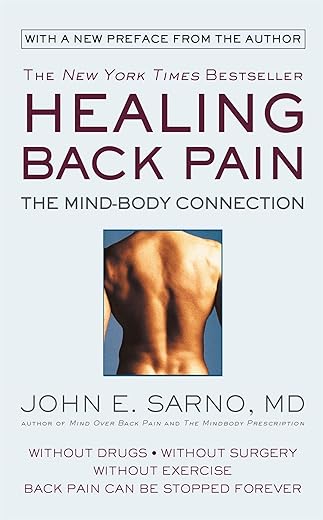

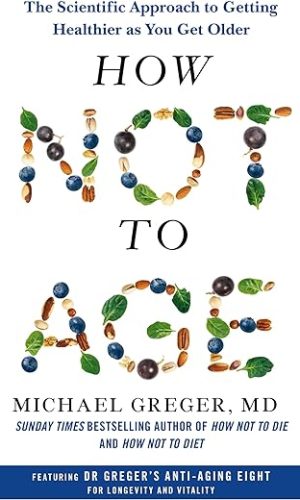

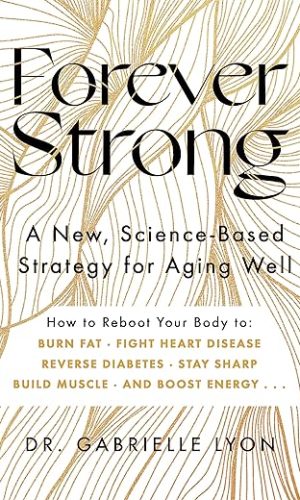

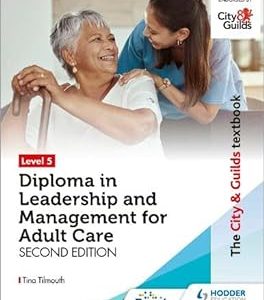
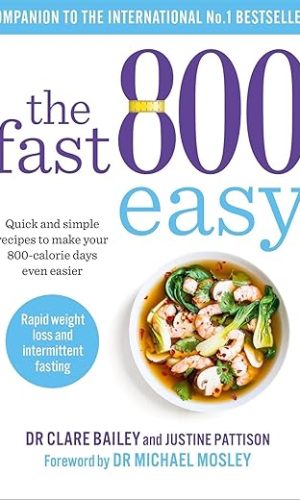
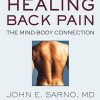
by maxPops
I have thought long and hard about writing this review as I know how it feels to spend hours trawling through the internet searching for a cure for crippling pain, and knowing how much information is out there, I have hesitated to add to it. But my sincere wish is that this post will give someone else the courage and confidence to take a chance with this book.
My story: I, like many people, have suffered with back problems all my life – I’m now 43 – and had accepted that frequent bouts of pain, my back ‘going’ and regular trips to a much trusted and respected osteopath were just part of life. And that was fine. Until I had a really bad and prolonged bout of pain that started in Autumn 2013. I’d had ‘disc issues’ in the past but my pain had ALWAYS been on the left side. One morning I woke up with real soreness in my right lower back. Slightly perplexed but not unduly alarmed I went to see my osteo as usual and expected everything to be fixed in a week or two. However, It didn’t get better – in fact it got progressively worse. I started to worry that it would turn into the sort of pain that I had experienced a couple of years earlier. I was told then by my osteopath that I had injured a disc. The pain at the time was excruciating, but after treatments and several weeks of rest it did get better. Well this time my pain got worse and seemed to be evolving. It had started in the back but three months later was moving to my leg and becoming far more intense. Standing and walking became very difficult, making my long commute to work on the tube a nightmare. Losing faith in my osteopath I saw other physiotherapists and tried acupuncture – all to no effect, other than to be told repeatedly that my back ‘was a mess’ and I could expect pain on and off all my life.
Finally in desperation I went to my GP who ordered an MRI. This showed various bulges and degeneration but most worryingly, an extruded disc (where the inner material has leaked out) and this was pressing on a nerve. My GP explained all this with patience and told me that if conventional treatment didn’t work, I would have to consider injections or, down the road, surgery.
The pain got even worse.
Then, one day I stumbled across an article about the comedian Howard Stern and his battle against pain. He seemed to have found a miracle cure in the shape of a treatment by Dr John Sarno. By this time, I was endlessly searching the internet and becoming an expert on all things disc related. Thinking more information could only be good I bought the book.
I read it within 48 hours – it was the Easter holiday and I was spending most of my time horizontal anyway. After the initial excitement that I might be one of the blessed ones who start to feel the pain evaporate as they read, I had to confess that although I liked the idea, and wanted it to be true, my pain was still there. Also I had an MRI, a GP and a host of other back pain specialists telling me it was a physical problem.
To cut a long story short, I suffered on for another few months, until one day I just suddenly decided that I would suspend my disbelief and – as wholeheartedly as I could manage – do some of the exercises recommended by Sarno. I even wrote the date down in my diary ‘first day of TMS’. I didn’t by this stage hold out much hope, but I was willing finally to give it a go.
So I started writing in a journal and doing the daily reminders. I also saw a therapist to talk about emotional stuff but completely abandoned all back treatments and exercises. Within a week I was 75% better. A few weeks later I was pretty much back to normal – although I was still taking paracetamol regularly – but now at least it made a difference to the pain. A few months later and the pain was basically non-existent and any residual pain would vanish if I simply ignored it.
So it did work for me. It wasn’t immediate and it took a lot of soul searching to really commit to the idea. But once I did, it worked.
Now I read a lot of reviews that say this approach may work for ‘unexplained’ pain (i.e. you don’t have a real, physical problem.) But I had the worst form of slipped disc and I got better pretty damn fast once I got my head around the concept that a slipped disc might not be causing the kind of pain I was in.
I have a great deal of respect for those who have tried this book and not found it to be useful, but I do believe that the premise of the book is correct and that, once you have been cleared of any disease or immune disorder etc.. the cause of ongoing and chronic pain is emotional, not physical. So my advice, in a nutshell, would be: Go to a professional and get an opinion, an MRI if necessary, if there is any lingering concern that the pain is caused by disease. Then, once you have the all clear for anything truly serious, buy this book and read it. Not once but many times. Let it sink in. Then practise the exercises and daily reminders religiously. Don’t give up after a few days if things aren’t improving. Work at it.
I cannot guarantee I will never have back pain again, but I’m pretty sure I now know what lies behind it. Like many thousands of other people I am incredibly grateful to John Sarno for this .
I wish you luck.
by Ms. F. D. O. DELCANTON
I’d be repeating what multiple people have said before me, really long life stories about having to deal with lower back pain, sciatica, shoulder, pain, neck pain, wrist pain, and that’s just the physical ones. Headaches hayfever, and the list goes on… Personally by the time I got to the middle of the book, I could feel my circulation doing what it was meant to do, and by the time I put the book down I didn’t even bother going back to see my doctor which I was supposed to do the week after as a regular check up. I pushed through the first couple of days where I could see my brain was challenging what I’d read, but to be very honest with you, the brain gave up very quickly and it’s now been two months since I’ve been completely pain-free. if anything, I’ve started having a bit more empathy for my body, and what TMS actually means. I’ve always been super self aware, have had all the therapies in the world, did yoga etc etc but Dr Sarno just blew my mind. If you have any sort of pain, honestly, just read this book.
by a reader
I am sorry to be the bearer of bad news but I thought I would share my experience given that when I read the reviews I thought this book would be a great cure-all. I started to suffer from back problems two years ago which as any back sufferer will know completely disrupted my life. You name the treatment I have had it so I was really at the end of my tether when I bought this book. Unfortunately mind over matter when you are in pain only works up to a point. The reality is and Sarno sets it out in his book that most people working in the back pain industry don’t understand why some people with serious spinal problems showing up on MRI, x-ray etc have little or no pain and others with relatively little spinal degeneration have severe pain. I am one of the latter people. Sarno advises that back pain is predominantly due to myalgic tension in the back and he uses the variations in people’s pain thresholds relative to their level of spinal degeneration as a premise for advising patients that back pain is all in the mind and is the body’s way of coping with an unacknowledged psychological problem. Once the psychological problem is acknowledged, the pain should, he posits, go away. Well I have as many psychological problems as the next person but telling myself that did not work for me. The reality is that the huge rise in back problems over the last 50 years or so is due to the increasingly sedentary lives people lead with longer hours spent in cars, in front of computers etc. Jasper Gerrard wrote in the Telegraph two days ago about the hugh rise in back pain syndrome in Africa which hitherto hadn’t existed due to the increased employment of the populace in desk bound jobs. It is also a reality that most pain specialists don’t know why there is such hugh variations in pain between people with similar back complaints. You really have to persevere with treatments, exercises etc until you find out what works for you. In my own case, after two years of attending nearly every specialist available at great cost and having received varying diagnoses including the appallingly amorphous one of fibromyalgia I have finally discovered what works for me which is low impact aerobic exercise. I do hill walking which is not too taxing on my joints but gets blood into the affected areas – this nourishes them and decreases the pain. When a hill is not available I use a treadmill. I also use pilates but the trick is not to persevere with an exercise that you find painful EVEN if your physiotherapist recommends it. If you have back problems you should think twice before taking an step or yoga class. Some yoga movements involve extreme stretching of the spine which can excerbate a back problem. Similarly if have a back injury hopping up and down on the step box and doing militaristic exercises along with people who are young and fit can make your back worse. I found it easier to exercise on my own. You have to listen to your own body at the end of the day. The reality is that we were not designed to be sedentary and as you get older for some people back problems are inevitable unless you keep your back fit. Unfortunately mind over matter did not work for me.